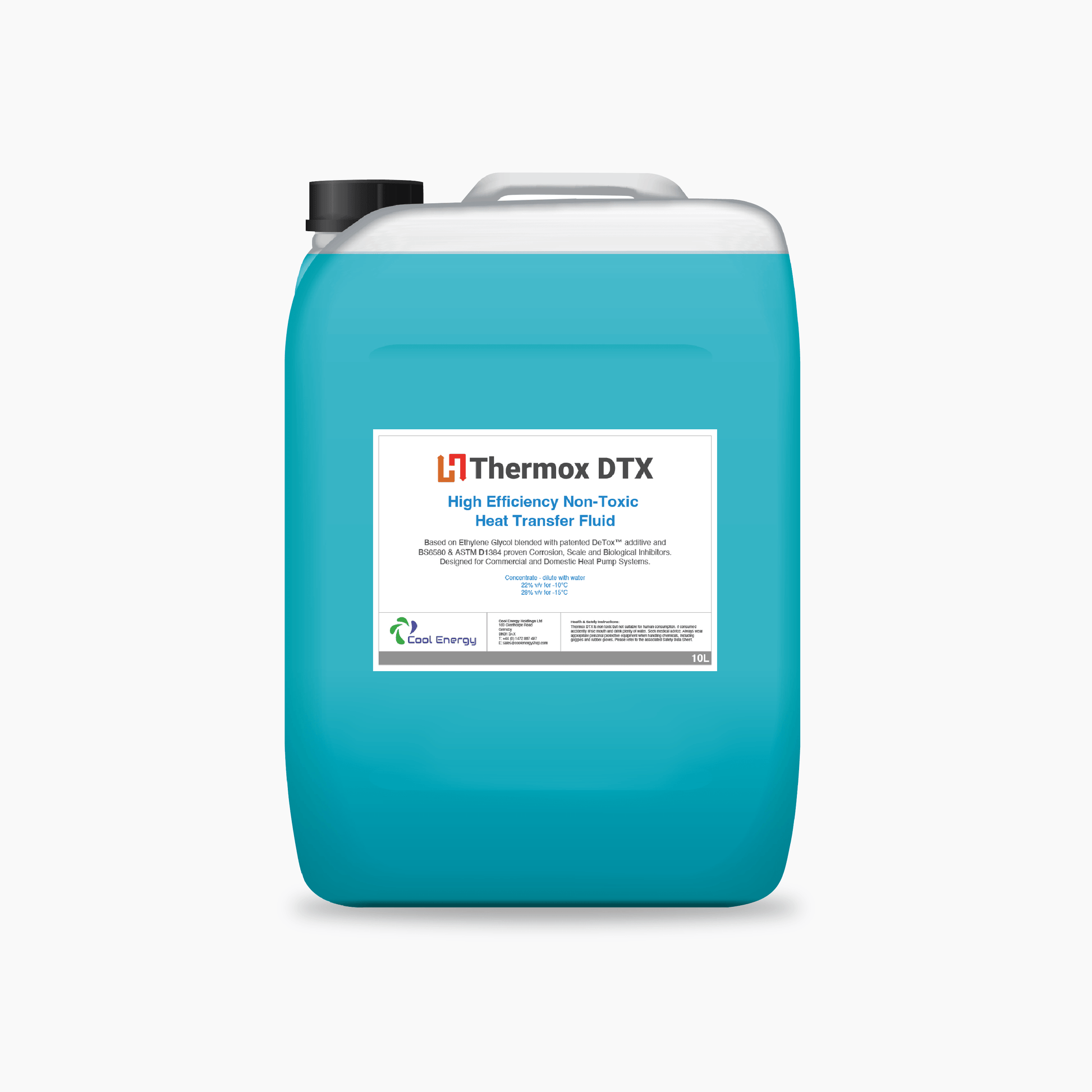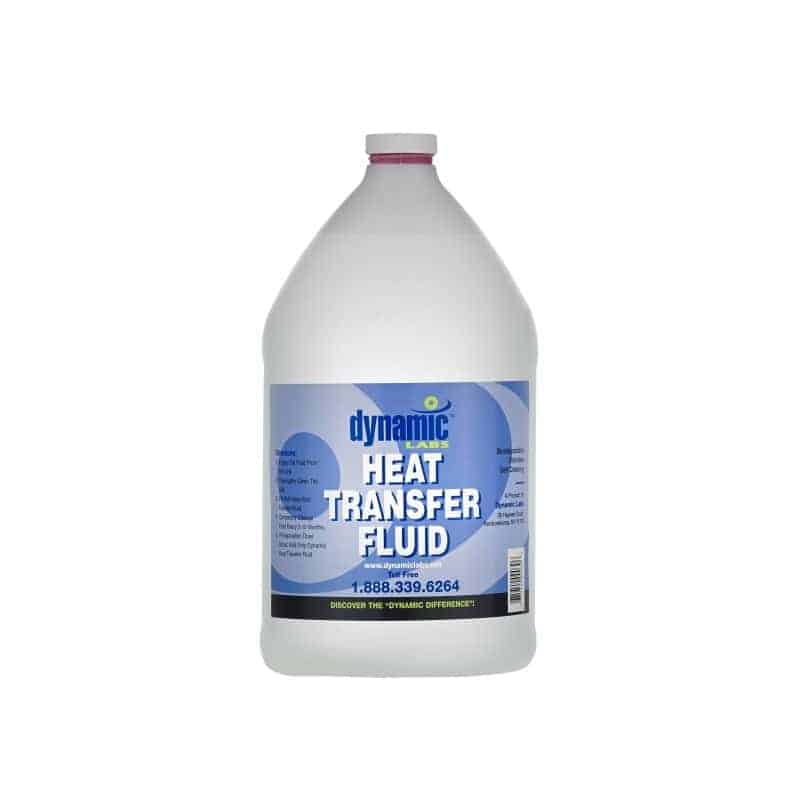How to Safely Handle and Deal With Used Heat Transfer Fluid
How to Safely Handle and Deal With Used Heat Transfer Fluid
Blog Article
Just How Warmth Transfer Liquid Contributes to Lasting and Cost-Effective Workflow
In the modern-day industrial landscape, the function of warm transfer fluids (HTFs) in promoting sustainable and cost-effective operations can not be overemphasized. These liquids are crucial in optimizing thermal monitoring systems, therefore considerably improving energy effectiveness and lowering functional expenses. heat transfer fluid. The environmental benefits of advanced HTFs, with their high thermal security and reduced toxicity, are indisputable.
Comprehending Heat Transfer Liquids
In the realm of thermal management, warmth transfer fluids (HTFs) work as necessary representatives for moving thermal power from one area to one more. These fluids play a pivotal duty in different commercial applications, including chemical handling, power generation, and heating and cooling systems. HTFs are specifically engineered to operate within a variety of temperatures, successfully helping with the transfer of warmth while keeping a stable thermal account. Their ability to operate under severe problems-- whether heats or cryogenic degrees-- makes them crucial in settings demanding exact thermal control.
The make-up of heat transfer fluids can differ significantly, including choices such as mineral oils, artificial oils, glycols, and molten salts. Each type provides unique advantages, such as enhanced thermal stability, low thickness, and high boiling points, which are chosen based upon specific functional demands. The choice of HTF impacts not just the efficiency of warmth transfer yet also the long life and safety of the system in which it is used.
As sectors remain to innovate, the growth of innovative HTFs, characterized by their boosted thermal conductivity and lowered environmental effect, is crucial for satisfying the needs of modern thermal management obstacles.

Enhancing Power Performance

Improving power efficiency has actually ended up being an extremely important problem across numerous sectors, triggering a more detailed examination of warmth transfer liquids' duty in maximizing thermal administration systems. These liquids are indispensable to maintaining the wanted temperature in processes, thereby lessening power waste and enhancing total system effectiveness. By picking an ideal warm transfer fluid, markets can considerably boost their power performance, causing decreased energy consumption.

Advanced solutions of heat transfer fluids have been created to withstand extreme temperatures while maintaining stability and performance. These developments expand the Click This Link operational lifespan of the liquid, decreasing the regularity of replacements and energy-intensive maintenance tasks. Furthermore, the use of synthetic or bio-based fluids offers fringe benefits in regards to lowered environmental effect, lining up with worldwide sustainability objectives. Boosting power effectiveness via optimum warm transfer fluid choice is not just a technical requirement yet also an ecological essential.
Lowering Operational Expenses
Functional expenses are a substantial consideration for sectors seeking to preserve competitive advantage, and the selection of warmth transfer fluid plays a crucial function in cost management. Picking a proper heat transfer liquid can cause significant expense savings by boosting system effectiveness and decreasing energy consumption. High-performance fluids lessen thermal deterioration, which subsequently reduces the frequency of liquid replacement and downtime linked with upkeep, thereby lowering functional expenditures.
In addition, warm transfer fluids with exceptional thermal stability and corrosion resistance expand the life-span of devices. This minimizes the requirement for frequent fixings and substitutes, which can be expensive and disruptive to operations. By purchasing high-quality liquids, markets can accomplish long-lasting decreases in maintenance prices and boost the dependability of their systems.
Additionally, advanced heat transfer fluids often display reduced viscosity at operating temperatures, which boosts pump effectiveness and reduces power usage in liquid flow. This optimization of power consumption straight equates into decreased functional costs. Many contemporary warmth transfer fluids are engineered to run efficiently over a vast temperature range, minimizing the index need for several liquid types, consequently simplifying stock needs and reducing connected prices. These aspects collectively add to even more sustainable and cost-effective procedures.
Ecological Impact Reduction
The press in the direction of reducing ecological effect has gained energy in markets leveraging heat transfer liquids. Warmth transfer fluids (HTFs) play an important function in this transition, offering possibilities to enhance power effectiveness and decrease exhausts - heat transfer fluid.
Additionally, using innovative warm transfer fluids adds to better system effectiveness, reducing the general power usage. This decrease not only leads to cost financial savings but additionally lowers co2 emissions, helping in the battle against environment modification. Liquids that are naturally degradable and recyclable further improve sustainability initiatives, as they decrease waste and advertise circular economy methods.
In addition, integrating HTFs right into closed-loop systems prevents fluid loss and contamination of the surrounding environment. This technique guarantees that liquids are recycled, decreasing the need for brand-new resources and restricting waste generation. By accepting these eco conscious approaches, industries can dramatically diminish their eco-friendly influence while preserving high functional effectiveness, aligning with international sustainability goals and regulative demands.
Picking the Right HTF
Picking the ideal warmth transfer liquid (HTF) is an essential action in progressing ecological sustainability within industrial processes - heat transfer fluid. An optimal HTF ought to possess a high thermal capacity, reduced thickness, and high thermal conductivity to make sure reliable warmth transfer.
When picking an HTF, it is necessary to consider its compatibility with system products to prevent corrosion and chemical reactions. This makes certain long life and lowers upkeep expenses. Additionally, the liquid needs to be non-toxic and naturally degradable, minimizing its ecological footprint and guaranteeing compliance with ecological laws. The lifecycle price of the HTF, including acquisition, procedure, and disposal, should additionally be assessed to ensure financial feasibility.
Final Thought

Report this page